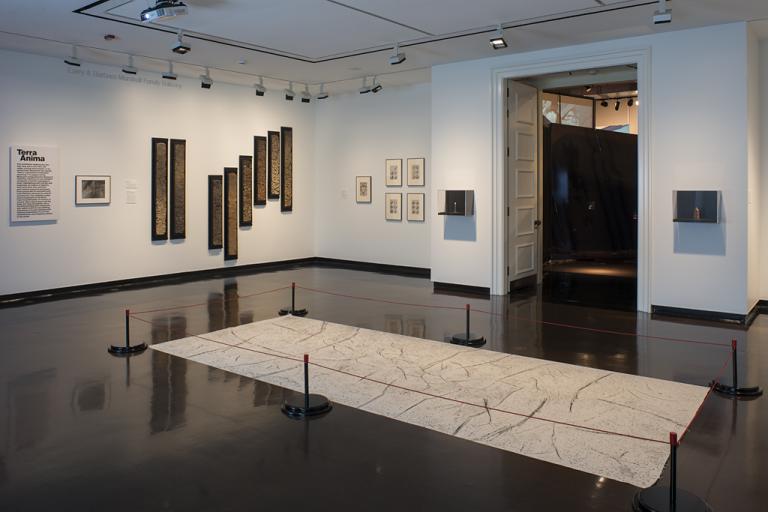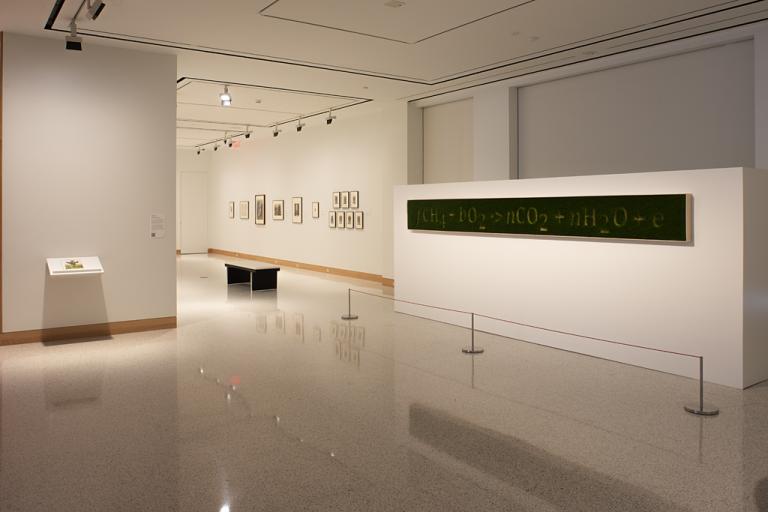Plate C2, Jost Amman; Wenzel Jamnitzer
Artwork Overview
Jost Amman, artist
1539–1591
Wenzel Jamnitzer, artist
1507 or 1508–1585
Plate C2,
1568
Portfolio/Series title: Perspectiva corporum regularium (Perspective of Ruled Shapes)
Where object was made: Nuremberg, Holy Roman Empire (present-day Germany)
Material/technique: engraving
Dimensions:
Plate Mark/Block Dimensions (Height x Width): 154 x 174 mm
Plate Mark/Block Dimensions (Height x Width): 6 1/16 x 6 7/8 in
Sheet/Paper Dimensions (Height x Width): 269 x 186 mm
Sheet/Paper Dimensions (Height x Width): 10 9/16 x 7 5/16 in
Mat Dimensions (Height x Width): 19 x 14 in
Plate Mark/Block Dimensions (Height x Width): 154 x 174 mm
Plate Mark/Block Dimensions (Height x Width): 6 1/16 x 6 7/8 in
Sheet/Paper Dimensions (Height x Width): 269 x 186 mm
Sheet/Paper Dimensions (Height x Width): 10 9/16 x 7 5/16 in
Mat Dimensions (Height x Width): 19 x 14 in
Credit line: Museum purchase: Letha Churchill Walker Memorial Art Fund
Accession number: 2014.0313.15
Not on display
If you wish to reproduce this image, please submit an image request




